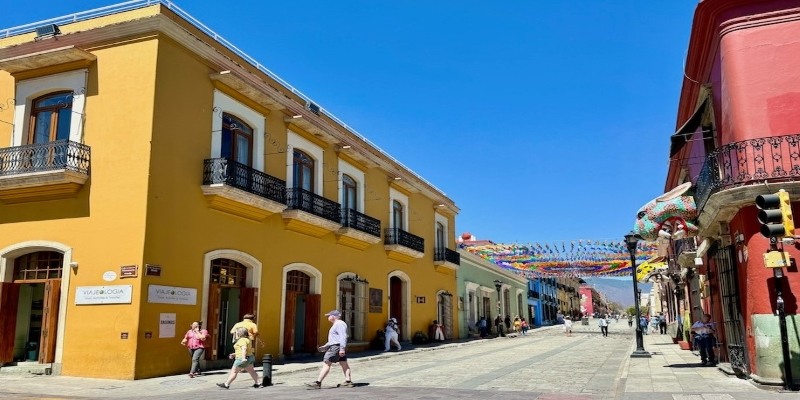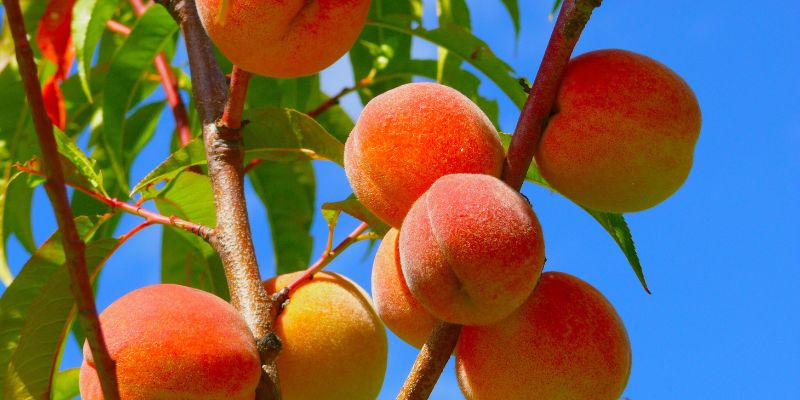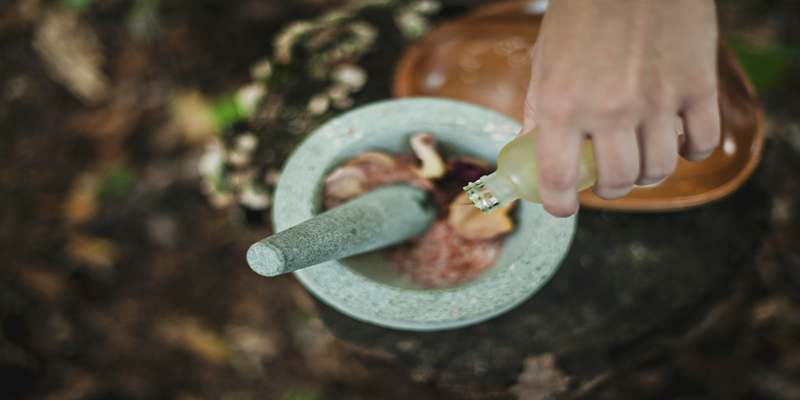Spains food culture is deeply intertwined with its identity, and at its core are three essential elements: the grape, the olive, and the pig. These staples shape the nations cuisine, representing not only the flavors of its regions but also its lifestyle, history, and traditions. From the renowned vineyards of Rioja to the olive groves of Andalusia and the prized Iberian pigs, Spains food is a reflection of its rich agricultural heritage. Food in Spain is more than just nourishmentits an art, a passion, and a social connector.
Food plays an important role in everyday life in Spain, where friends share tapas or family members spend hours together at a meal, enjoying local spirits as the sun sets. This lively culture centers on the grape, olive, and pig: food for life that gathers people and preserves ages of tradition that continue to make the Spanish way of life.
The Grape: From Plant to Plate
Spain's history with the grape dates back to ancient days. The country is popularly known for its numerous growing regions, such as La Rioja, Ribera del Duero, and Priorat, which have been cultivating the grape for centuries. The fruit not only plays a major role in Spain's culinary tradition but also forms part of its agricultural heritage. The fruit has defined Spanish food culture and helped make it one of the world's largest food destinations.
In Spain, grapes are not only cultivated for beverages, but their residues are also prominently featured in regular cooking. Grape vinegar is the most common product that results from fermenting grapes and is used to add layers and richness to dressings, sauces, and marinades. Rich, dark Tempranillo and the crispy, light notes of Albario are examples of some of the diverse grapes that grow in the country of Spain, whose flavors alone can pair and complement almost any foodstuff. Be it tapas or a full-course meal, the grape always keeps everything tied together within these many facets of Spanish cuisine.
The Olive: Liquid Gold from the Earth
Olive oil is the pillar of cooking in Spain, and this country produces the most olive oil in the world. Its oil is considered one of the finest. The olive tree plays a huge role in Spain's culture, so olive oil is the essence of nearly every dish. It is used for sauting vegetables to drizzling on fresh bread or salads to create that unmistakable flavor that makes Spanish cuisine.
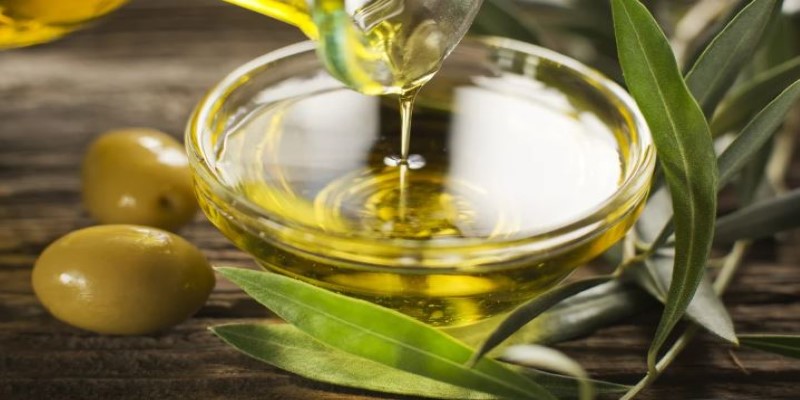
Andalusia, in southern Spain, is the epicenter of olive oil production, with vast groves stretching across the landscape. Varieties such as Picual and Arbequina are prized for their distinct flavor profiles and versatility. The process of producing high-quality olive oil is a time-honored tradition that is passed down through generations, often using age-old methods to extract the best oil from the fruit. Olive oil isnt just an ingredientits a symbol of Spains agricultural identity, its connection to the Mediterranean diet, and its commitment to sustainable farming practices. Its no wonder that in Spain, olive oil is often referred to as liquid gold.
The Pig: The Iberian Tradition
The pig is perhaps the most iconic symbol of Spains food culture, particularly the Iberian pig. These pigs, known for their black hooves and the acorns they consume, produce some of the worlds finest pork products. The most famous of these is jamn ibrico, dry-cured ham thats become a national treasure. The tradition of raising Iberian pigs dates back centuries and remains an essential part of Spains agricultural landscape. These pigs roam the dehesaa unique ecosystem of oak forestsand their diet of acorns imparts a rich, nutty flavor to the meat.
Jamn ibrico is highly prized for its tenderness, deep flavor, and melt-in-your-mouth texture. But the pigs contribution to Spanish cuisine extends far beyond ham. Spanish sausages, such as chorizo and morcilla, are made from pork and are integral to the countrys tapas culture. The flavors vary from region to region, influenced by local spices and seasonings. The pig, with its long history in Spanish farming, is at the center of many cherished dishes and is a symbol of the land's bounty and the pride of Spanish craftsmanship.
The Intersection of Grape, Olive, and Pig in Spanish Cuisine
In Spain, the intersection of the grape, olive, and pig is where some of the countrys most beloved dishes come to life. These three ingredients often find themselves on the same plate, combining to create the rich, complex flavors that define Spanish cuisine. Take the classic dish "pisto," for examplea vegetable stew made with tomatoes, peppers, zucchini, and a fried egg, all finished off with a drizzle of olive oil. The dish is simple, yet its a celebration of the countrys agricultural staples.
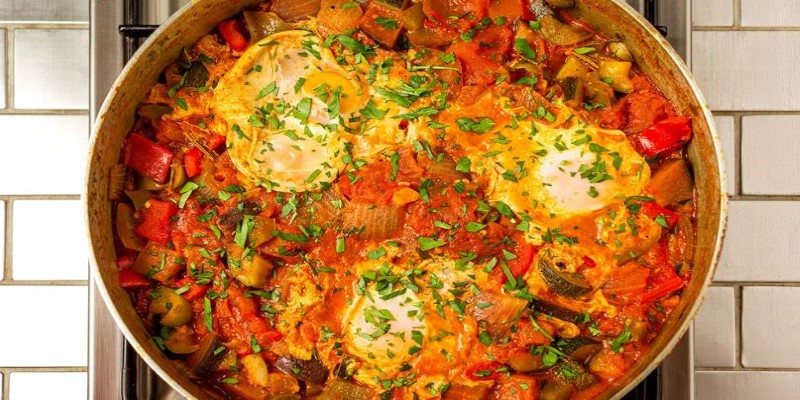
Paella, another quintessential Spanish dish, brings together olive oil, the grape, and sometimes even pig in a flavorful rice dish that's traditionally cooked over an open flame. The combination of regional ingredients, from saffron to seafood, showcases the versatility of the grape, olive, and pig in a single meal. Tapas, too, provide the perfect example of these elements coming together, with plates of jamn ibrico, slices of chorizo, and bowls of olives often served alongside glasses of local drink. In Spain, these ingredients create a sense of placea taste of the land that is felt with every bite.
Conclusion
Spains food culture is a reflection of its rich history, agricultural traditions, and deep connection to the land. The grape, olive, and pig are more than just ingredientsthey embody the essence of Spanish life, from the vineyards of Rioja to the olive groves of Andalusia and the dehesas where Iberian pigs roam. These staples are at the heart of Spains culinary identity, shaping its cuisine and the way food brings people together. Through these ingredients, Spains vibrant culture and heritage live on, offering a taste of its past and present.




